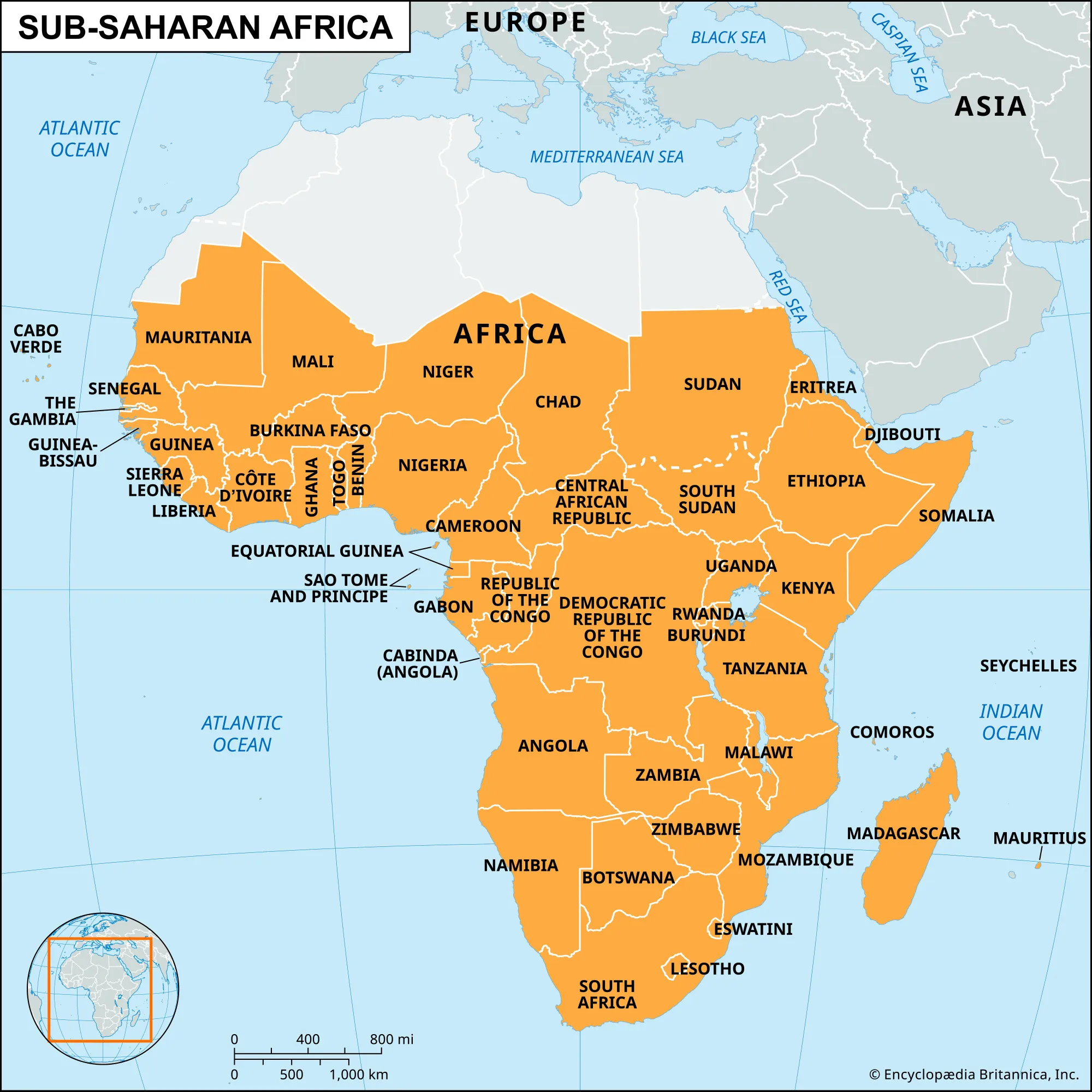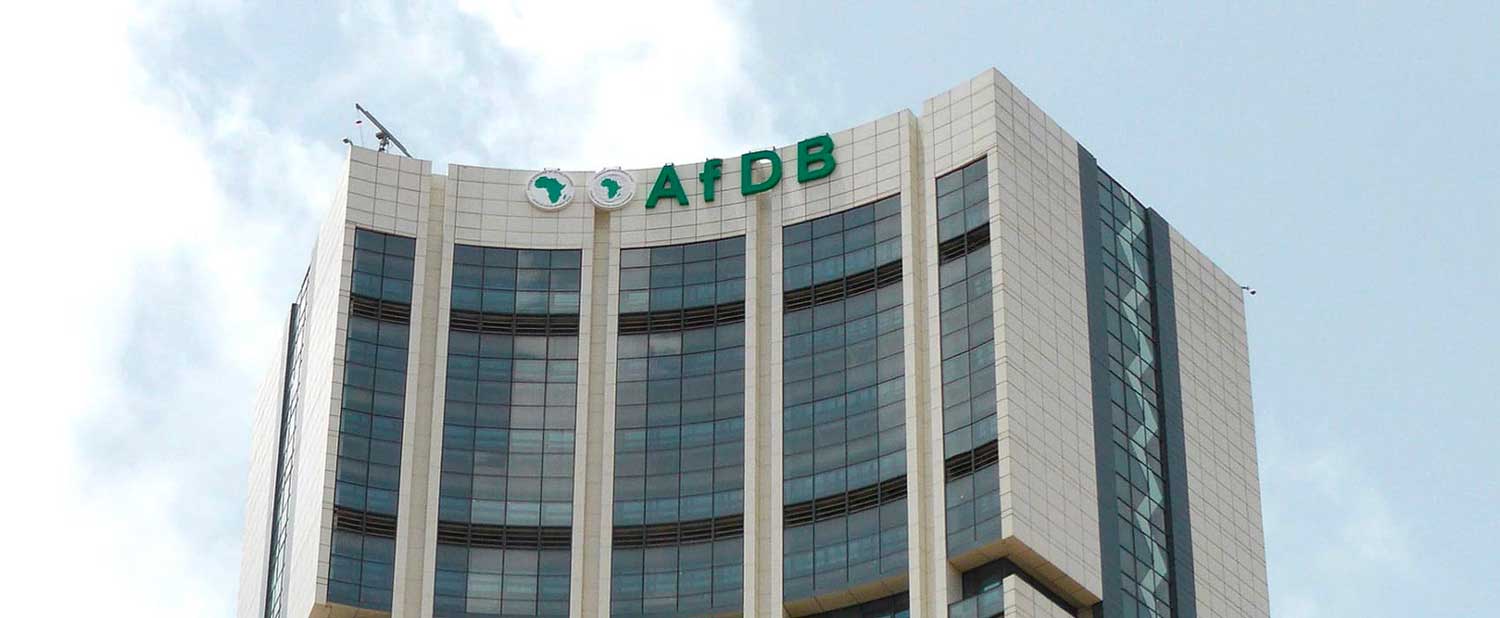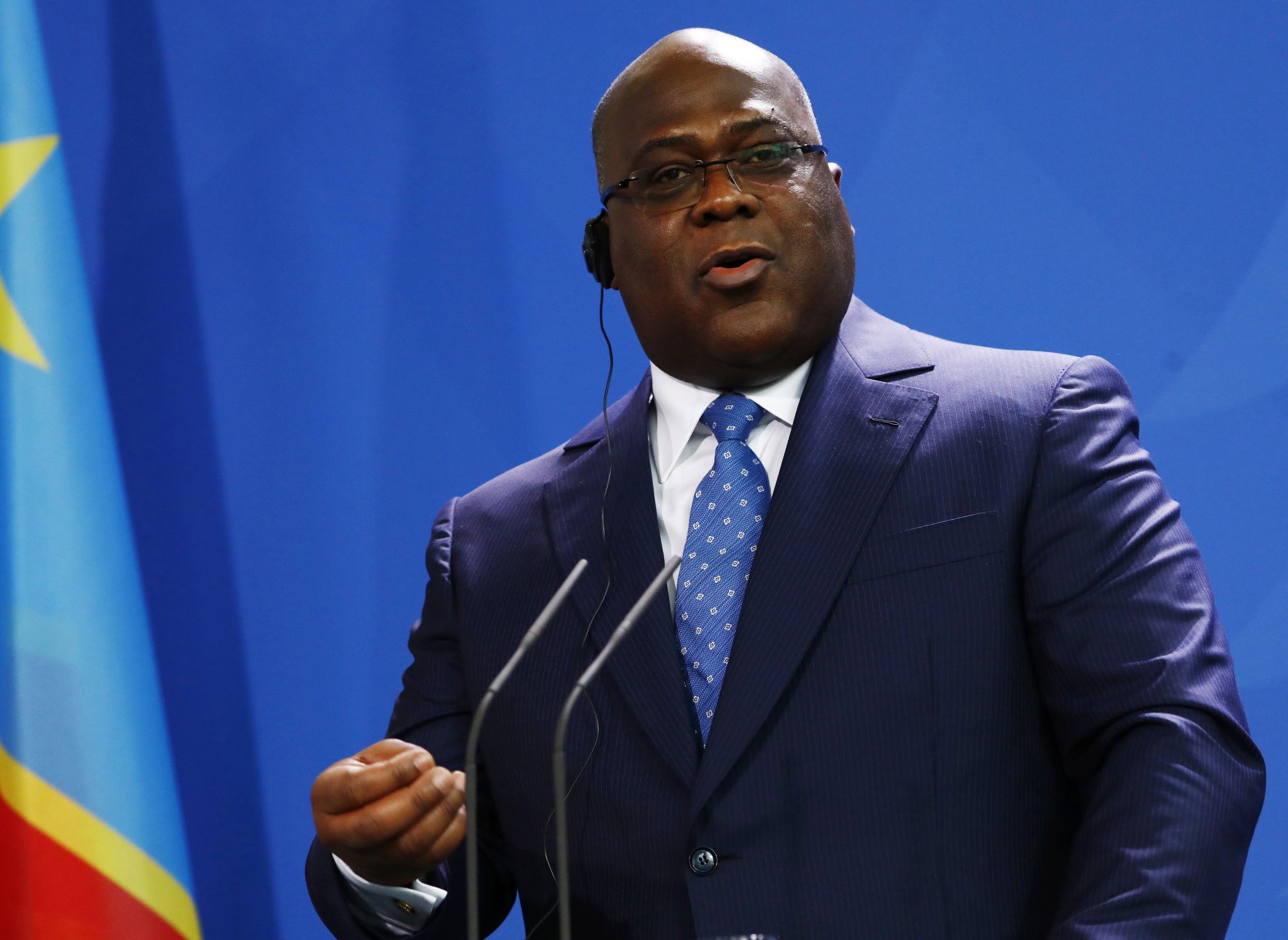Disinflation Lifts Africa’s Outlook but Yields Stay High
World Bank raises Sub-Saharan Africa’s 2025 growth forecast to 3.8% as inflation eases near 5%. Bond yields remain elevated—Kenya 17%, Ghana 25%, South Africa 10-year 10.4%—signaling resilience but fragile confidence under tight global liquidity.

The World Bank’s upgraded forecast for Sub-Saharan Africa signals a tentative return of economic resilience after two years of fiscal strain, inflation shocks, and external tightening. In its Africa Pulse (October 2025) update, the institution raised the region’s 2025 GDP growth outlook to about 3.8 percent from 3.4 percent earlier this year, citing easing inflation and modest commodity stabilization. But beneath the optimism lies a delicate equilibrium—slowing global demand, expensive debt, and persistent currency pressures continue to shape the continent’s outlook.
Inflation across the region has eased to around 5 percent on average, down from nearly 8 percent in 2023, supported by stable food prices, improved agricultural output, and energy-price normalization. Yet disinflation has not translated into easier financing conditions. Over half of Sub-Saharan economies remain at moderate to high risk of debt distress, according to the joint IMF–World Bank Debt Sustainability Framework, as global borrowing costs remain sticky and yield spreads wide. African Eurobond issuers—from Ghana (GH2030) to Nigeria (NG2031) and Kenya (KE2032)—still trade at double-digit yields, with risk premiums stubbornly 400–600 basis points above pre-pandemic levels.
The policy landscape remains tight but cautiously adaptive. Central banks in Kenya, Nigeria, Ghana, and Uganda have begun shifting from defensive tightening toward calibrated restraint. The Central Bank of Kenya maintained its rate at 13 percent (NSE: NASI flat YTD) following evidence of easing core inflation near 5.7 percent, while Nigeria’s Monetary Policy Committee kept its benchmark rate at 18.75 percent to anchor expectations after inflation peaked at 33.4 percent. Ghana’s rate stands at 29 percent, with inflation easing to 22 percent. Uganda’s central bank recently lowered its CBR to 9.25 percent as inflation retreated to 3.4 percent. Tanzania, operating under a corridor-based policy framework, maintains a midpoint rate near 6 percent, balancing liquidity control with growth objectives. Across the continent, real interest rates remain among the world’s highest—South Africa’s 10-year government bond (ZAR2035) yields about 10.4 percent, and Kenya’s infrastructure bonds average near 15 percent nominally, translating to roughly 9 percent real returns after inflation.
That yield resilience continues to attract selective global capital. The iShares J.P. Morgan EM Bond ETF (NYSEARCA: EMB) shows roughly USD 4 billion in year-to-date net redemptions, yet SSA sovereigns such as Côte d’Ivoire, Senegal, and Benin have outperformed the broader frontier basket on stronger fiscal discipline and concessional inflows. South Africa’s rand (USD/ZAR ≈ 18.9) and the Nigerian naira (USD/NGN ≈ 1,600) remain volatile, reflecting liquidity mismatches and ongoing U.S. dollar strength—the Dollar Index (DX-Y.NYB) holding above 105 and the 10-year U.S. Treasury yield (^TNX) near 4.35 percent continue to exert capital-flow pressure across emerging markets. The result is a paradox: improved macro signals within Africa coexist with tight global liquidity, leaving monetary authorities cautious about premature easing.
Commodity stabilization has provided a partial buffer. Brent crude (ICE: LCOc1) trades near USD 85 per barrel, copper (COMEX: HG=F) holds above USD 4.10 per pound, and gold (XAU/USD) remains close to USD 3,900 per ounce. While these levels sustain export revenues for producers like Angola and Zambia, demand softness from China and sluggish manufacturing recovery in OECD economies cap further upside. The World Bank warns that a one-percentage-point slowdown in global GDP could trim African growth by nearly 0.4 percentage points, underscoring the region’s continued external dependence.
Fiscal adjustments remain fragile. Public debt in SSA averages roughly 58 percent of GDP, but the composition is shifting. Domestic issuance is rising—Kenya’s 10-year Treasury yield (KETB10Y) hovers near 17 percent, while Ghana’s short-term notes exceed 25 percent—widening interest burdens. External borrowing windows remain narrow, though IMF program-backed economies have regained partial market access. Côte d’Ivoire’s successful USD 2 billion dual-tranche Eurobond earlier this year demonstrated investor appetite for reform-aligned issuers, though spreads remain sensitive to global liquidity.
Monetary coordination across African central banks is increasingly influenced by global rate trends. The U.S. Federal Reserve has paused hikes at 5.25–5.50 percent, while the European Central Bank’s deposit rate stands at 4 percent. In contrast, Africa’s nominal yields continue to price in risk premia that far exceed fundamentals, reflecting liquidity, perception, and scale biases. The World Bank’s message is that inflation gains must not breed complacency—structural fiscal consolidation, debt transparency, and trade integration under the AfCFTA remain vital to sustain disinflation without stifling growth.
For international investors, the continent’s re-rating is gradual but meaningful. Stable inflation and high real yields offer carry opportunities in selected markets—South Africa’s rand bonds, Kenya’s infrastructure paper, and Nigeria’s naira-denominated T-bills provide double-digit returns adjusted for FX risk. Equity indices, however, remain constrained by liquidity and foreign-exchange repatriation risks. The Johannesburg All Share (JSE: J203) is up about 9 percent year-to-date, while the Nairobi All Share Index has gained 4 percent amid renewed foreign inflows following the shilling’s stabilization near 129 per USD.
The World Bank’s upward revision is not a declaration of triumph but an acknowledgment of adaptation. Africa’s economies have absorbed global shocks and rebuilt price stability faster than many anticipated. Yet the road ahead depends less on cyclical recovery and more on the credibility of policy continuity. The region’s growth story, once framed around commodity booms, is now being tested on governance, inflation anchoring, and debt prudence. Stability has returned—but confidence, as the markets remind, still trades at a premium.





